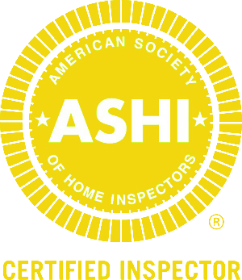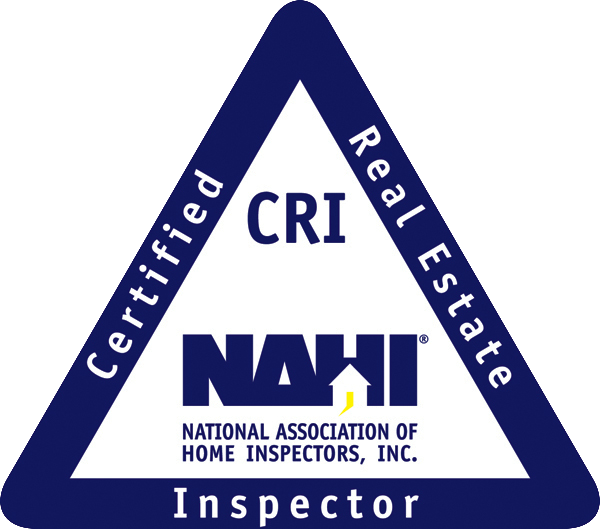Concerns about vermiculite insulation in your attic
By Richard F. Pezzino
Some houses have vermiculite insulation in the attic. Vermiculite is a mineral that expands into a worm-like, accordion shape when it is heated. The result is a lightweight, fire-resistant, absorbent and odorless material that can be cut into different sizes for different uses.
Vermiculite attic insulation is a pebble-like, pour-in product, usually light brown or gold in color.
Although it seems harmless, there are problems with asbestos contamination of vermiculite, particularly vermiculite that came from a certain mine in Libby, Montana. A natural deposit of asbestos that was also in the mine contaminated this vermiculite. If asbestos is inhaled the fibers become embedded in the lungs and serious lung disease can
result.
Today’s vermiculite is mined from three other U.S. locations and several other countries and it has a very low level of contamination. However, the Environmental Protection Agency (EPA) and Agency for Toxic Substances and Disease Registry (ATSDR) have concerns about vermiculite that may have come from the Libby mine so they have established the following recommendations for dealing with vermiculite insulation:
- Since you don’t know the origin of the product, assume it may contain asbestos.
- Try not to disturb the vermiculite insulation. This may mean you don’t use your attic for storage.
- Don’t allow children to play in an attic with open areas of vermiculite.
- If you plan to do renovation or remodeling that involves working in the attic, hire professionals.
- Never attempt to remove vermiculite yourself. Hire a professional.
- Seal any cracks in the ceiling around light fixtures or ceiling fans where vermiculite may pass through.
Common dust masks are not effective against asbestos fibers so if it is necessary to do some work that might disturb your vermiculite insulation; it is really worthwhile to hire professionals.
There isn’t as yet an effective technique for testing to see if there is asbestos in
vermiculite insulation so it’s best to treat your attic as though it were contaminated. If
you have to store boxes or other items in the attic, try to walk on areas that have floor
boards, try to disturb the vermiculite as little as possible and leave the attic as quickly as
you can.
Richard F. Pezzino is a certified housing inspector and the owner of Accu-View
Property Inspections











